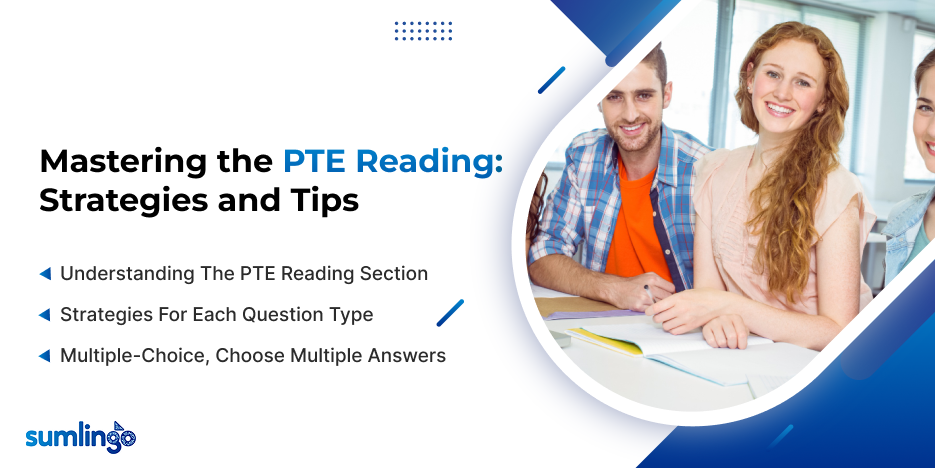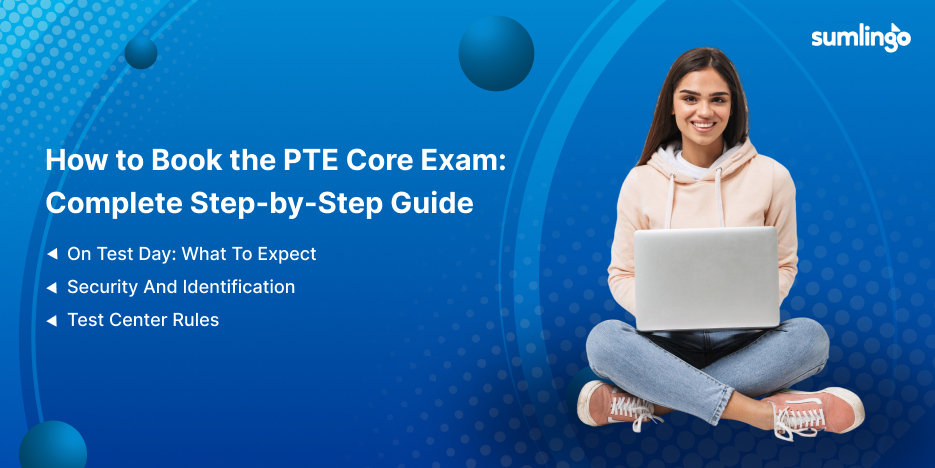Preparing for the PTE (Pearson Test of English) exam can feel like a big task. There are four different sections, each with its own challenges, such as speaking, writing, reading, and listening. Most students focus only on section-wise practice tests and study material. But there’s another powerful method that can help improve your performance, which is the visualization technique. It’s a smart mental tool that students can use to get more confident and prepared for exams. Let’s explore what it is, how it works, and how you can use it to boost your PTE score.
What Is Visualization?
Visualization means imagining something in your mind before it happens. You picture yourself doing the activity successfully even before you start. For example, you can imagine yourself entering the exam room, sitting at the computer, and calmly answering questions with confidence. This technique works because your brain reacts to mental images almost the same way it does to real experiences.
Why Use Visualization for PTE Preparation?
You might ask, How can just thinking about the test help me pass it. The answer is simple: mental practice builds real skills.
Here’s why it works:
- Reduces exam anxiety: Imagining a calm and successful test experience makes you feel less nervous when the real test day comes.
- Builds confidence: The more you visualize yourself succeeding, the more you start to believe in your abilities.
- Improves focus and concentration: When you mentally walk through each section of the test, you train your brain to stay focused.
- Supports memory and performance: Visualization activates the same brain pathways used during actual practice. That means you’re getting extra training without even touching your keyboard!
Are you ready to test your skills?
Step-by-Step Visualization for Each PTE Section
Let’s break it down by section so you can practically apply visualization.
Speaking: Picture Yourself Speaking Clearly
Imagine the computer screen in front of you and the microphone headset on. Visualize yourself speaking smoothly and confidently. You’re pronouncing words clearly, and your sentences make perfect sense.
What this helps:
- Reduces fear of speaking aloud
- Improves fluency and pronunciation
- Builds confidence in giving quick, structured responses
Writing: See Your Ideas Flow
Visualize yourself typing out an essay or summarizing a text. Picture how your ideas are organized, starting with an introduction, clear body paragraphs, and a strong conclusion. You’re calm, focused, and everything comes together smoothly.
What this helps:
- Better organization of thoughts
- Clear structure in writing tasks
- Faster writing under time pressure
Reading: Visualize Quick and Clear Understanding
Imagine reading a passage and quickly spotting the main ideas. You scan the text and easily understand the meaning. Now, you’re answering the questions without hesitation.
What this helps:
- Faster reading speed
- Improved comprehension
- Better accuracy in multiple-choice questions
Listening: Hear and Understand With Clarity
Visualize yourself wearing headphones, listening carefully to the audio. You take notes quickly and correctly. You stay focused and understand every detail, answering the questions with confidence.
What this helps:
- Sharper listening skills
- Better note-taking
- Less stress during long or complex audio clips
Daily Visualization Routine: Simple and Effective
Here’s how to make visualization part of your daily study habit:
- Set a goal for each session: Example: “Today I will focus on the writing section.”
- Find a quiet space: Avoid distractions and sit comfortably.
- Close your eyes and breathe: Take a few deep breaths to relax.
- Start visualizing: Imagine every step of that test section. Be as detailed as possible.
- Repeat consistently: Try to do this 5–10 minutes every day.
Are you ready to test your skills?
Combine Visualization with Real Practice
Visualization is powerful, but it’s not a magic trick. It works best when you combine it with actual practice. After your mental session, go and do a mock test or revise a specific skill. That way, your brain connects the imagination with the real experience.










